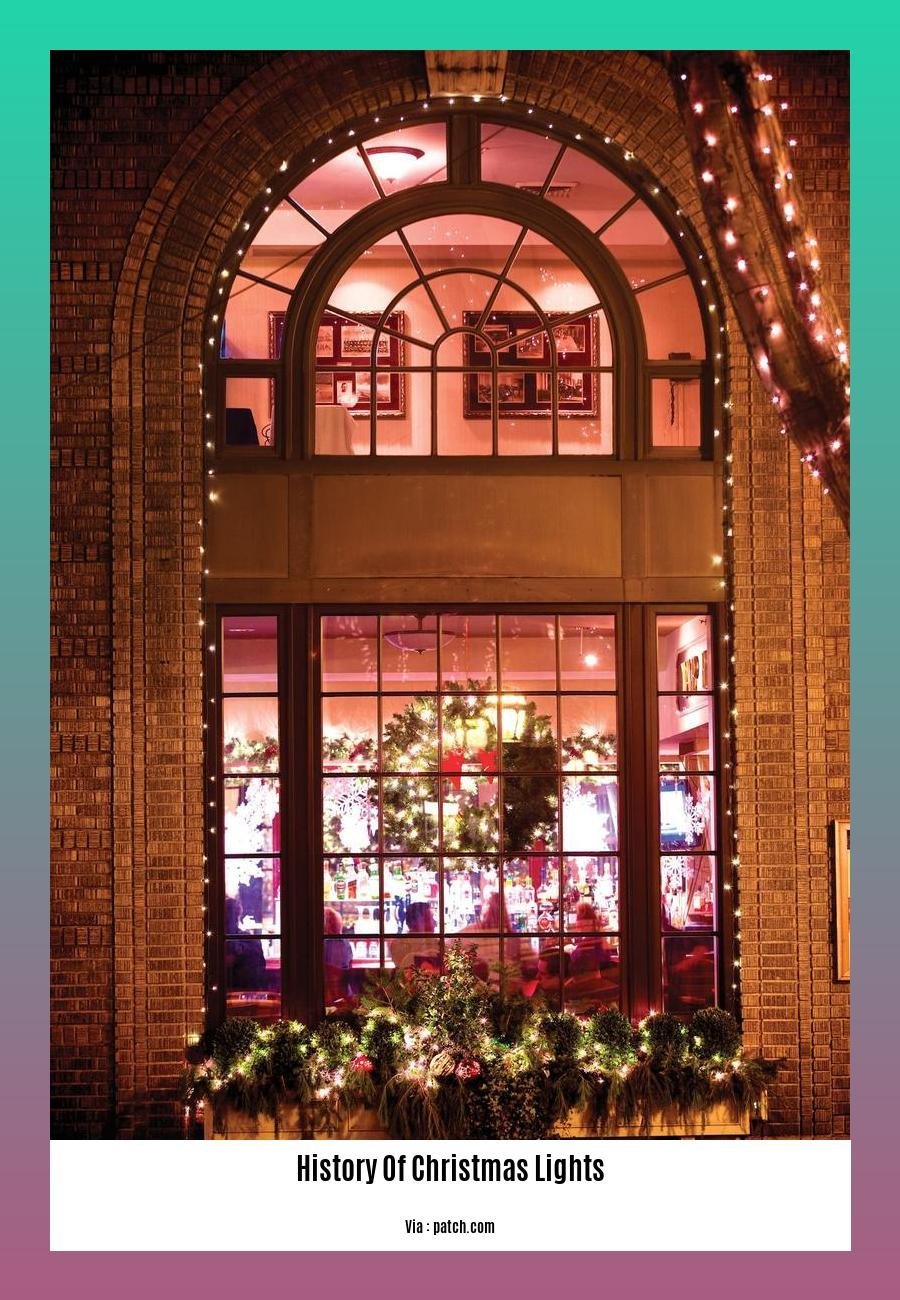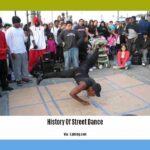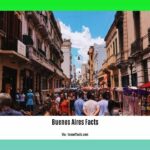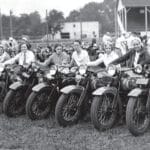Walking through the streets of London during the festive season, one cannot help but be captivated by the dazzling displays of Christmas lights that illuminate the city. These twinkling displays have become an integral part of the London Christmas experience, but their history is not as well-known as their contemporary popularity might suggest. Let’s journey back in time to explore the origins and evolution of the beloved history of Christmas lights in London.
Key Takeaways:
- London’s Christmas light tradition began on Regent Street in the 1880s.
- Post-WWII, the Regent Street Association transformed these decorations into a regular event.
- In 1959, Oxford Street joined the festive display, marking a city-wide tradition.
- Today, London’s Christmas lights symbolize the city’s festive spirit.
A Festive Transformation: Regent Street Leads the Way
The story of London’s Christmas lights begins on Regent Street, one of the city’s most iconic shopping destinations. In the 1880s, the street was adorned with festive decorations in some form, creating a magical atmosphere that drew both locals and visitors alike. However, it wasn’t until 1948 that these decorations were transformed into a regular event, thanks to the Regent Street Association.
A Beacon of Hope in Post-War London
The post-World War II era was a time of rebuilding and renewal for London. In an effort to dispel the notion of the city as drab and dreary, the Regent Street Association decided to enhance the Christmas decorations, turning them into a symbol of hope and cheer.
A City-Wide Tradition Takes Shape
In the 1950s and 1960s, the practice of decorating streets with Christmas lights spread beyond Regent Street, reaching other parts of the city. This expansion brought festive cheer to more neighborhoods, creating a sense of unity and celebration.
Oxford Street Joins the Spectacle
In 1959, Oxford Street, another renowned shopping destination, made its grand debut in the Christmas light display. This marked a significant milestone, solidifying the tradition of Christmas lights as an integral part of London’s festive season.
A Beloved Tradition: London’s Christmas Lights Today
Today, the Christmas lights in London are a beloved tradition, enjoyed by locals and tourists alike. These twinkling displays symbolize the spirit of the festive season, bringing joy, warmth, and a touch of magic to the city’s streets. The annual switch-on ceremony, which takes place in November, is a highly anticipated event that marks the official start of the Christmas festivities.
Conclusion
The history of Christmas lights in London is a tale of transformation, resilience, and the enduring power of festive traditions. From their humble beginnings on Regent Street to their current status as a city-wide spectacle, these lights have become synonymous with the magic and wonder of the Christmas season in London. As we admire these luminous displays, let us remember the rich history and cultural significance they hold, a testament to the enduring spirit of the capital city.
References
- A Brief History of London’s Christmas Lights
- From Edison to LED – The Complete History of Christmas Lights
FAQ
Q1: When did Christmas lights originate?
A1: Christmas lights originated in the 16th century when Lutheran Christians in Germany decorated their Christmas trees with candles.
Q2: Who is credited with popularizing electric Christmas lights?
A2: Thomas Edison is credited with popularizing electric Christmas lights when he sold the light bulb to General Electric in 1890.
Q3: When did Christmas lights become popular in the United States?
A3: Christmas lights became popular in the United States in the late 1800s, with the first recorded use of outdoor electric Christmas lights in 1904 in San Diego, California.
Q4: What was the significance of the Christmas lights in London?
A4: The Christmas lights in London, which began on Regent Street in the 1880s and became a regular event in 1948, were intended to dispel the notion of post-war London as a “drab” city and to create a festive atmosphere for the city’s Christmas celebrations.
Q5: How have Christmas lights evolved over time?
A5: Christmas lights have evolved from candles to electric lights, with the introduction of electric lights in the late 19th century and the subsequent development of LED lights, which are more energy-efficient and durable.




![[Phrase Match] Embracing Evolution: A Journey Through Contemporary Dance History contemporary-dance-history_2](https://www.lolaapp.com/wp-content/uploads/2023/12/contemporary-dance-history_2-150x150.jpg)











